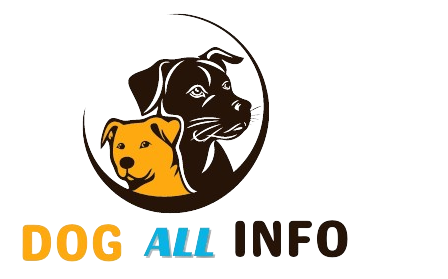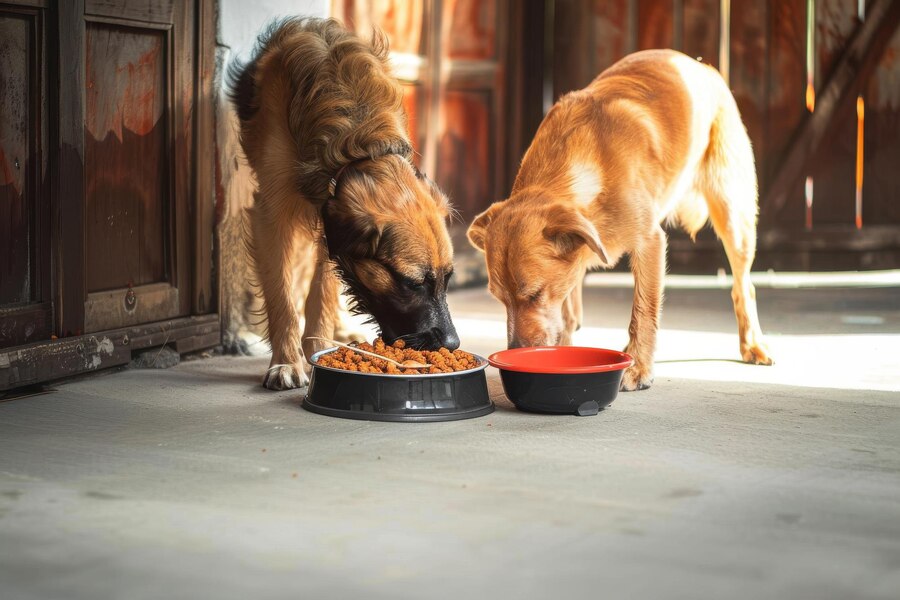Feed your dog 2-3% of their body weight in homemade dog food daily. Adjust based on activity level and health needs.
Feeding your dog homemade food requires careful planning to ensure they get all necessary nutrients. Many dog owners opt for homemade meals to control ingredients and avoid preservatives. Calculating the right amount is crucial for your pet’s health. Generally, dogs need 2-3% of their body weight in food daily.
Active dogs or puppies may require more, while less active or older dogs might need less. Always consult your vet to tailor the diet to your dog’s specific needs. Properly balanced homemade dog food can lead to a healthier, happier pet.
Introduction To Homemade Dog Food
Determining the right amount of homemade dog food is essential for your pet’s health. Ensure balanced portions based on your dog’s size, age, and activity level. Consulting a vet can provide personalized feeding guidelines.
Benefits Of Homemade Meals
Homemade dog food can be very healthy. It allows you to control the ingredients. Your dog gets fresh food with no preservatives. This can lead to better digestion. Many dogs have shinier coats and more energy. You can customize meals to suit your dog’s needs. Some dogs need special diets. Homemade food can help with allergies. It’s important to use balanced recipes.
Common Misconceptions
Some think homemade dog food is always healthier. This is not true if the diet is unbalanced. Another myth is that dogs can eat what humans eat. Dogs have different nutritional needs. Some believe it takes too much time to prepare. It can be simple with proper planning. Others think it’s too expensive. It can actually be cost-effective in the long run. Proper research is key.
Nutritional Needs Of Dogs
Dogs need protein, fat, carbohydrates, vitamins, and minerals. Protein helps with muscle growth. Fat gives energy and keeps the coat shiny. Carbohydrates are also a source of energy. Vitamins and minerals support overall health. A balance of these nutrients is vital.
Puppies need more protein and fat for growth. Older dogs need fewer calories. Large breeds may need more food than small breeds. Always adjust portions based on activity level. Consult a vet for specific needs.
Calculating Food Portions
The amount of food depends on your dog’s weight. A small dog needs less food than a big dog. Active dogs also need more food. Puppies and young dogs eat more than older dogs.
Dogs need a certain number of calories each day. You can use a simple formula to find this out. Multiply the dog’s weight in kilograms by 30. Then add 70. This gives you the daily calorie needs. For example, a 10 kg dog needs about 370 calories per day.
Balancing Ingredients
Dogs need proteins for strong muscles. Chicken, beef, and fish are good sources. Carbohydrates give dogs energy. Rice, oats, and sweet potatoes work well.
A good mix is important. Too much protein can be harmful. Too many carbs can lead to weight gain.
Vitamins help your dog stay healthy. Vegetables like carrots and spinach are full of vitamins. Minerals are important for bones and teeth. Calcium and phosphorus are key minerals.
Use supplements if needed. But be careful not to overdo it. Balance is crucial for your dog’s health.
Common Feeding Mistakes
Overfeeding can make your dog gain too much weight. This may cause health problems. On the other hand, underfeeding can make your dog weak. Your dog might miss out on important nutrients.
Every dog has unique dietary needs. Some dogs need more protein. Others may need special vitamins. Ignoring these needs can harm your dog’s health. Always check with your vet for the best diet.
Adjusting For Special Conditions
Some dogs have allergies to certain foods. Common allergens include chicken, beef, and wheat. Avoid these ingredients if your dog shows signs of allergies. Symptoms may include itchy skin, ear infections, and digestive issues. Consult your vet to identify specific allergens. Try using alternative proteins like lamb, duck, or fish. You can also try grains like rice or oats instead of wheat. Always introduce new foods slowly to monitor reactions.
Certain health conditions may require special diets. Dogs with kidney disease need lower protein levels. Diabetic dogs need balanced carbs and proteins. Obese dogs require low-fat diets. Work with your vet to create a suitable meal plan. Use fresh vegetables and lean meats. Avoid high-fat and sugary foods. Always ensure your dog gets the right nutrients.
Monitoring Your Dog’s Health
Your dog’s weight should be steady. Sudden weight changes are not good. A healthy coat is shiny and smooth. Dry or flaky skin can be a sign of poor diet. Check your dog’s fur for bald spots. Bald spots might mean health issues. Ensure your dog gets the right nutrients.
A happy dog is full of energy. Notice if your dog seems tired all the time. Low energy can mean poor diet. Play with your dog every day. Active dogs are usually healthy dogs. Healthy food helps maintain good energy levels.
Consulting With Experts
A veterinarian can provide the best guidance. They will check your dog’s health. They will suggest the right amount of food. Veterinarians know what nutrients your dog needs. They help to make sure your dog stays healthy. Always follow their advice closely.
Nutritional consultants are also helpful. They can make a customized diet plan. This plan will meet your dog’s specific needs. Consultants understand different dog breeds. They know how to balance your dog’s diet. Working with them ensures your dog gets the right food.
Sample Homemade Dog Food Recipes
Chicken and rice make a great balanced meal. Cook 1 cup of chicken and 1/2 cup of rice. Mix them together with 1/4 cup of peas and carrots. This meal is healthy and tasty for dogs.
Beef and sweet potato is another good option. Boil 1 cup of ground beef. Add 1/2 cup of mashed sweet potatoes. Mix in 1/4 cup of green beans. Dogs love this meal too.
Peanut butter treats are easy to make. Mix 1 cup of flour with 1/2 cup of peanut butter. Add 1/4 cup of water. Form small balls and bake at 350°F for 20 minutes. Dogs will enjoy these treats.
Another treat recipe is apple and oat cookies. Blend 1 cup of oats with 1/2 cup of applesauce. Shape into small cookies. Bake at 350°F for 15 minutes. These treats are healthy and yummy.
Another Post: Are Garter Snakes Poisonous to Dogs
FAQ
How Much Homemade Food Should Dogs Eat?
Dogs should eat 2-3% of their body weight daily. Adjust based on activity level and specific health needs.
Is Homemade Dog Food Better Than Store-bought?
Homemade dog food can be healthier with balanced ingredients. Consult a vet to ensure nutritional adequacy.
How Do I Measure Homemade Dog Food Portions?
Use a kitchen scale to weigh food portions. Stick to recommended 2-3% of your dog’s body weight for daily intake.
Conclusion
Determining the right amount of homemade dog food ensures your pet stays healthy and happy. Tailor portions to your dog’s size, age, and activity level. Regular vet consultations can help fine-tune their diet. With proper planning, homemade dog food can be a nutritious and satisfying option for your furry friend.

